Wander The Zocalo
The vibrant cultural centre of Oaxaca is a huge square filled with melodious buskers, happy-hawkers, brass bands, gawping tourists and energetic locals. Towering trees provide shade, while elegant arcades and the ornate Oaxaca Cathedral provide the visual stimulation. Take an alfresco seat in one of the cafes that fringe the square to watch the world go by in a blur of colourful chaos, or head inside the cathedral to soak up its atmospheric neoclassical interiors.
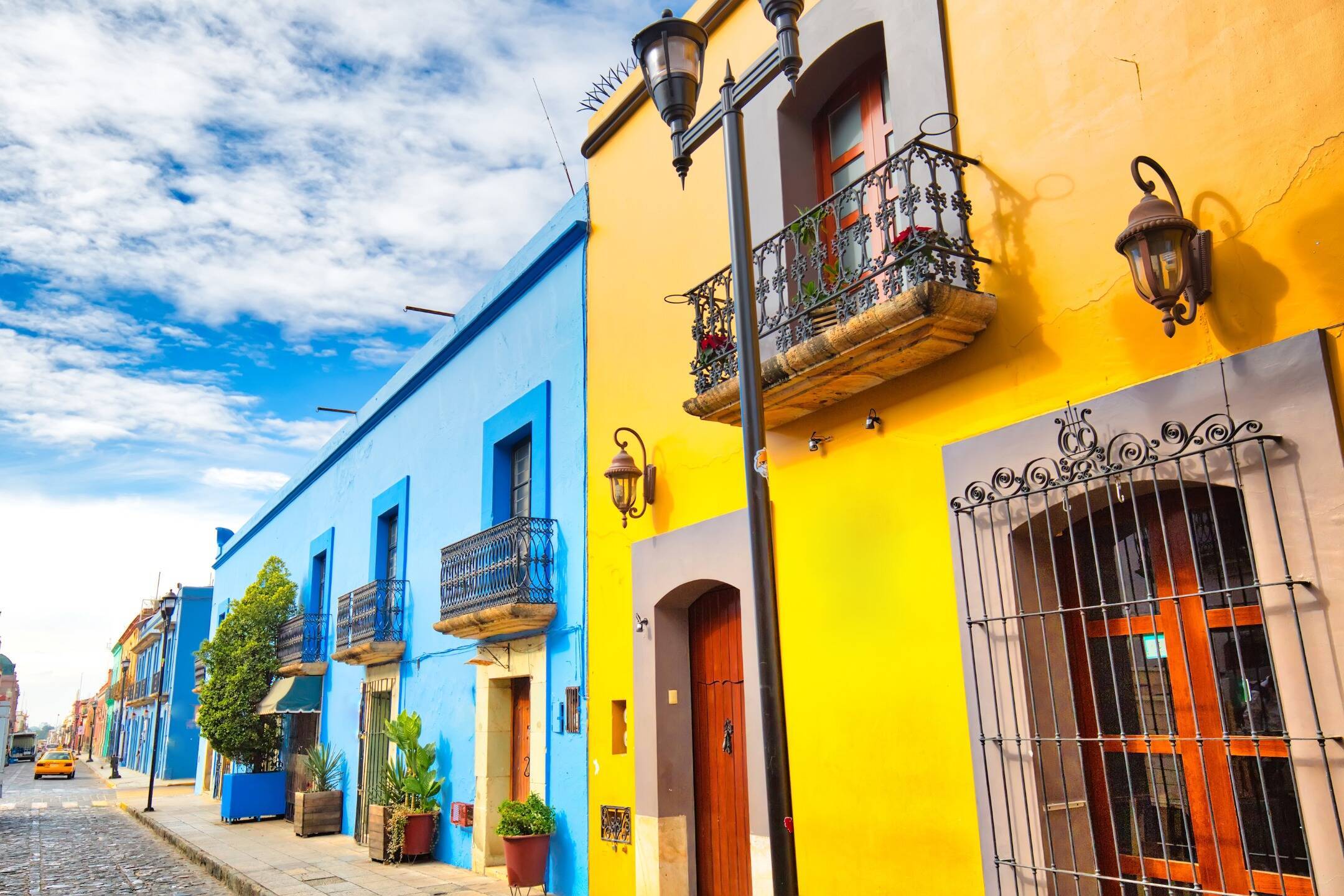

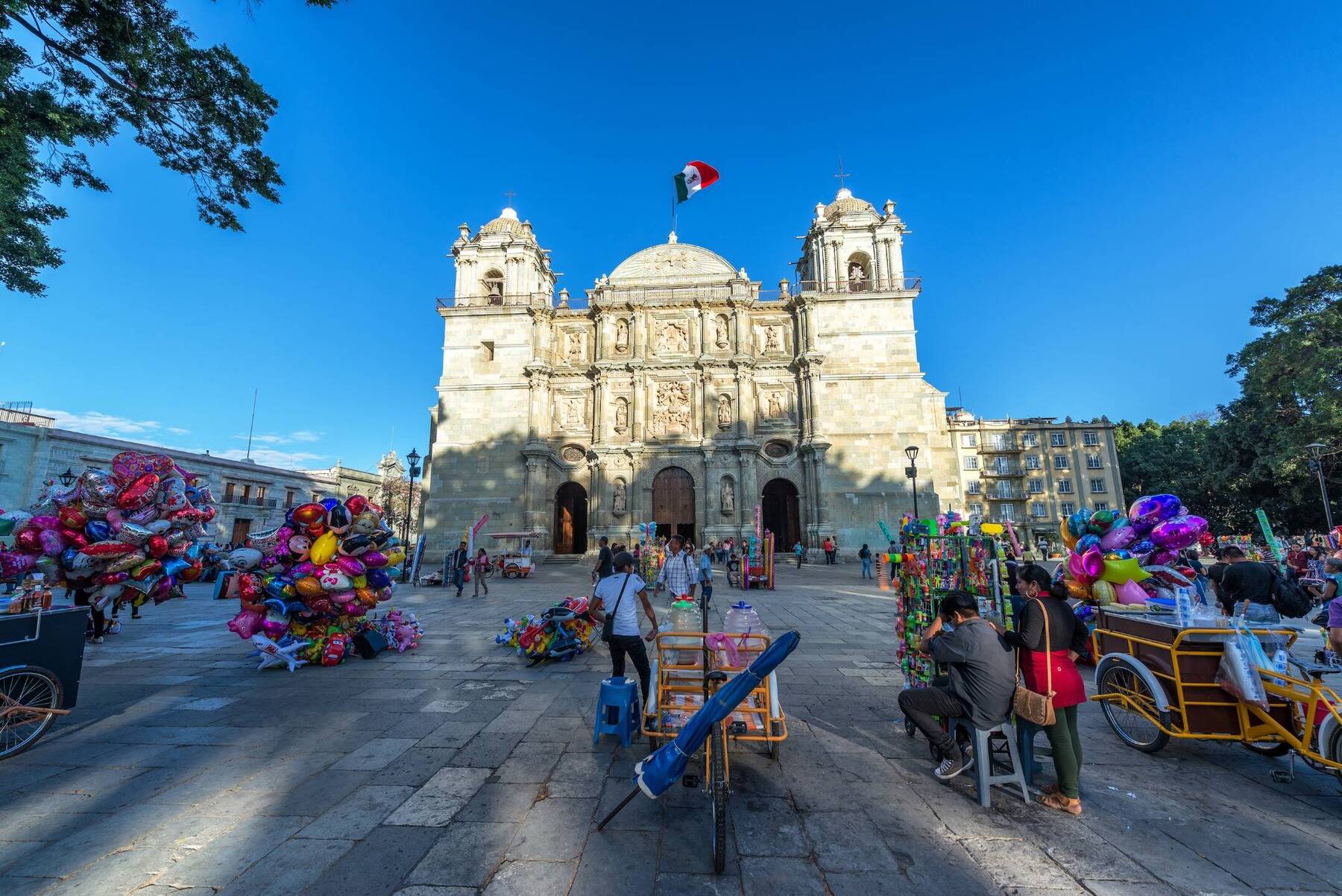
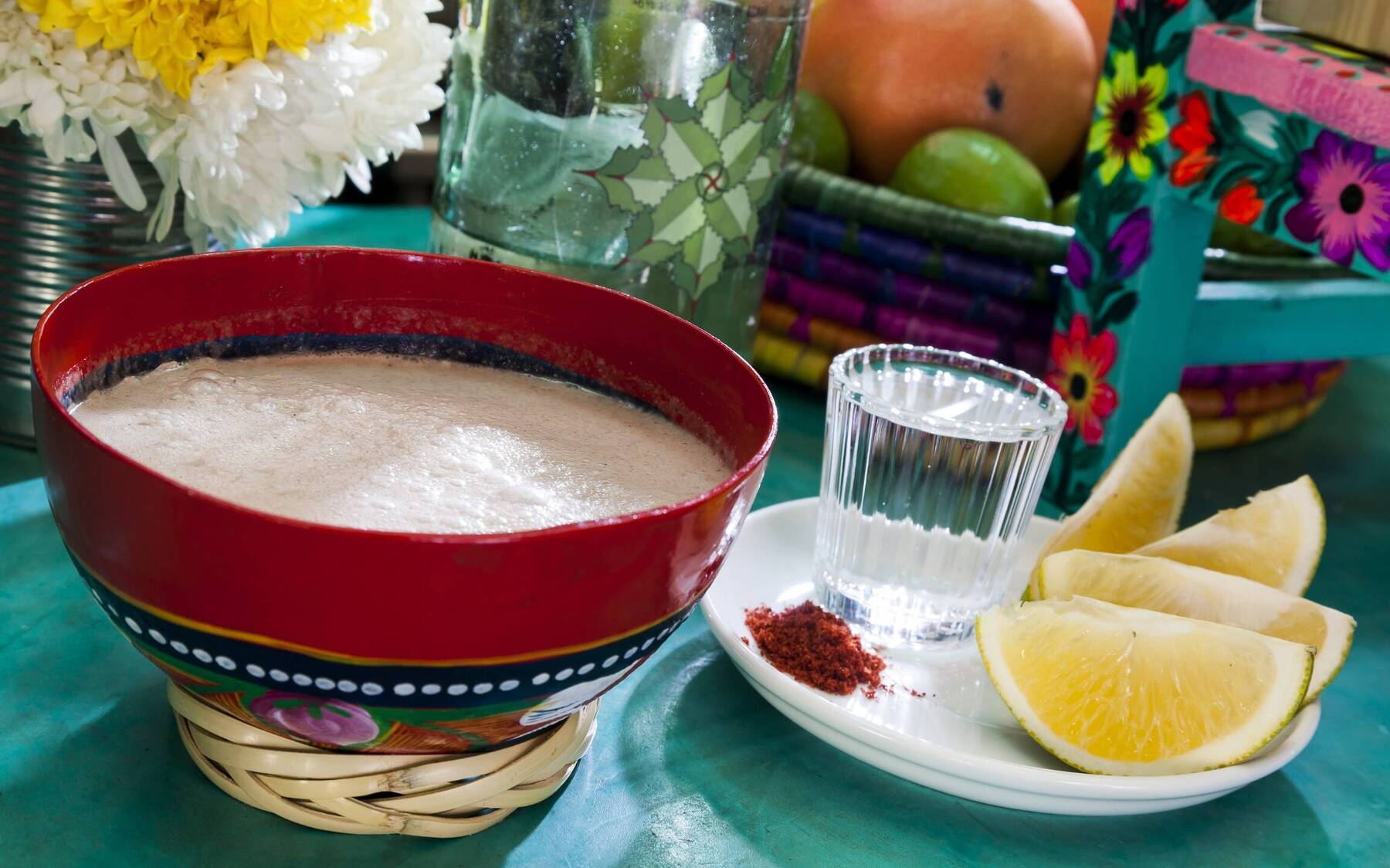
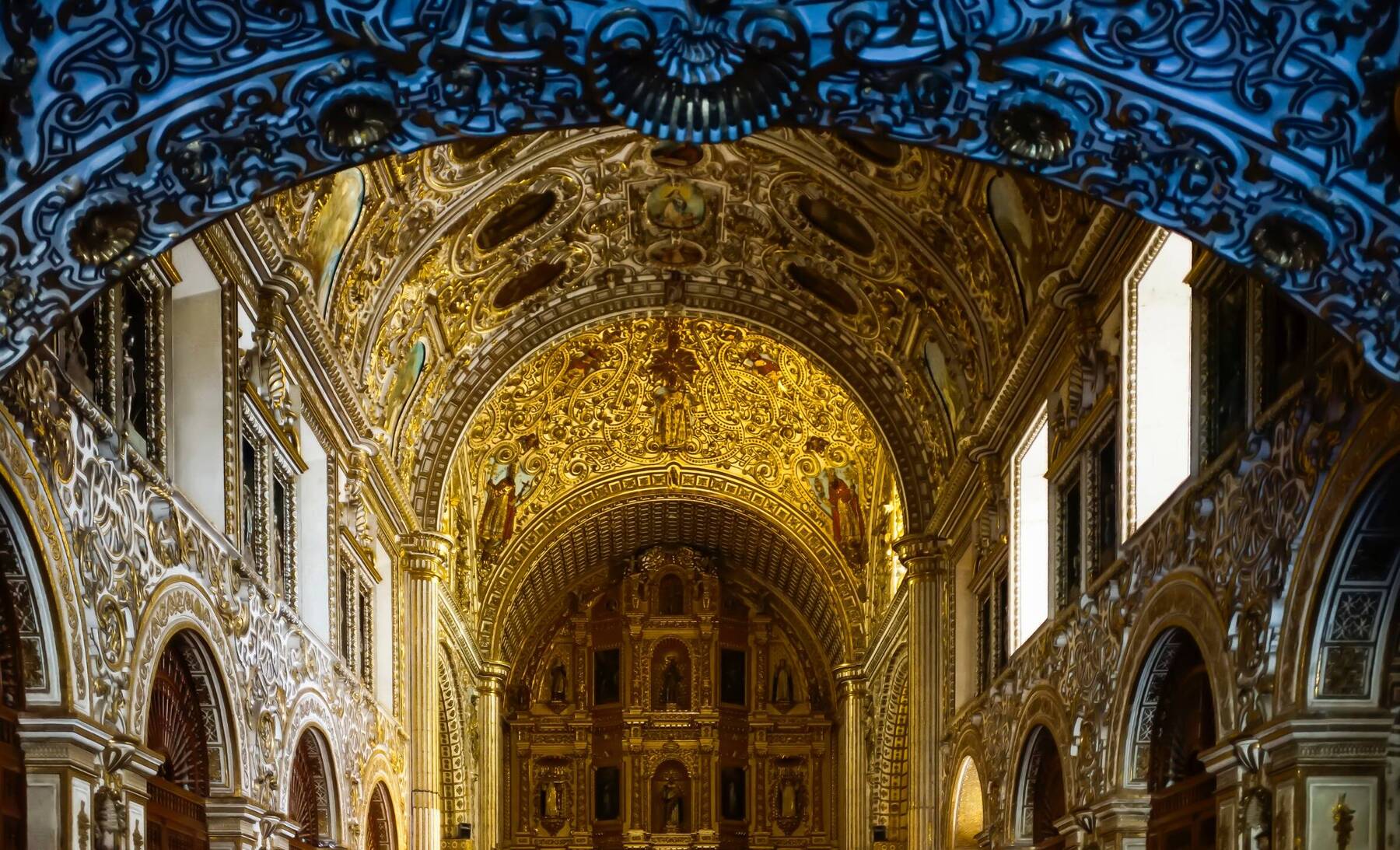
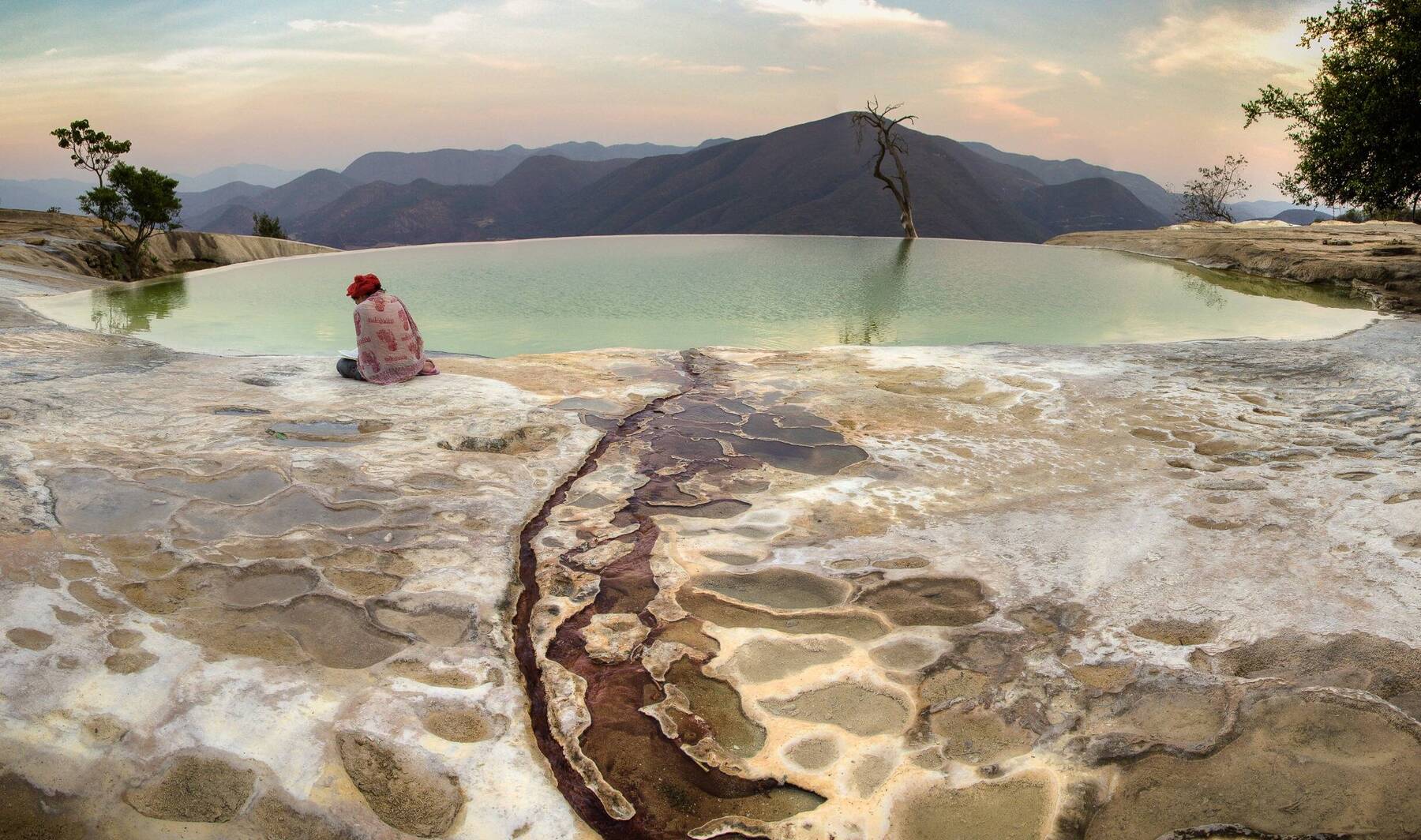
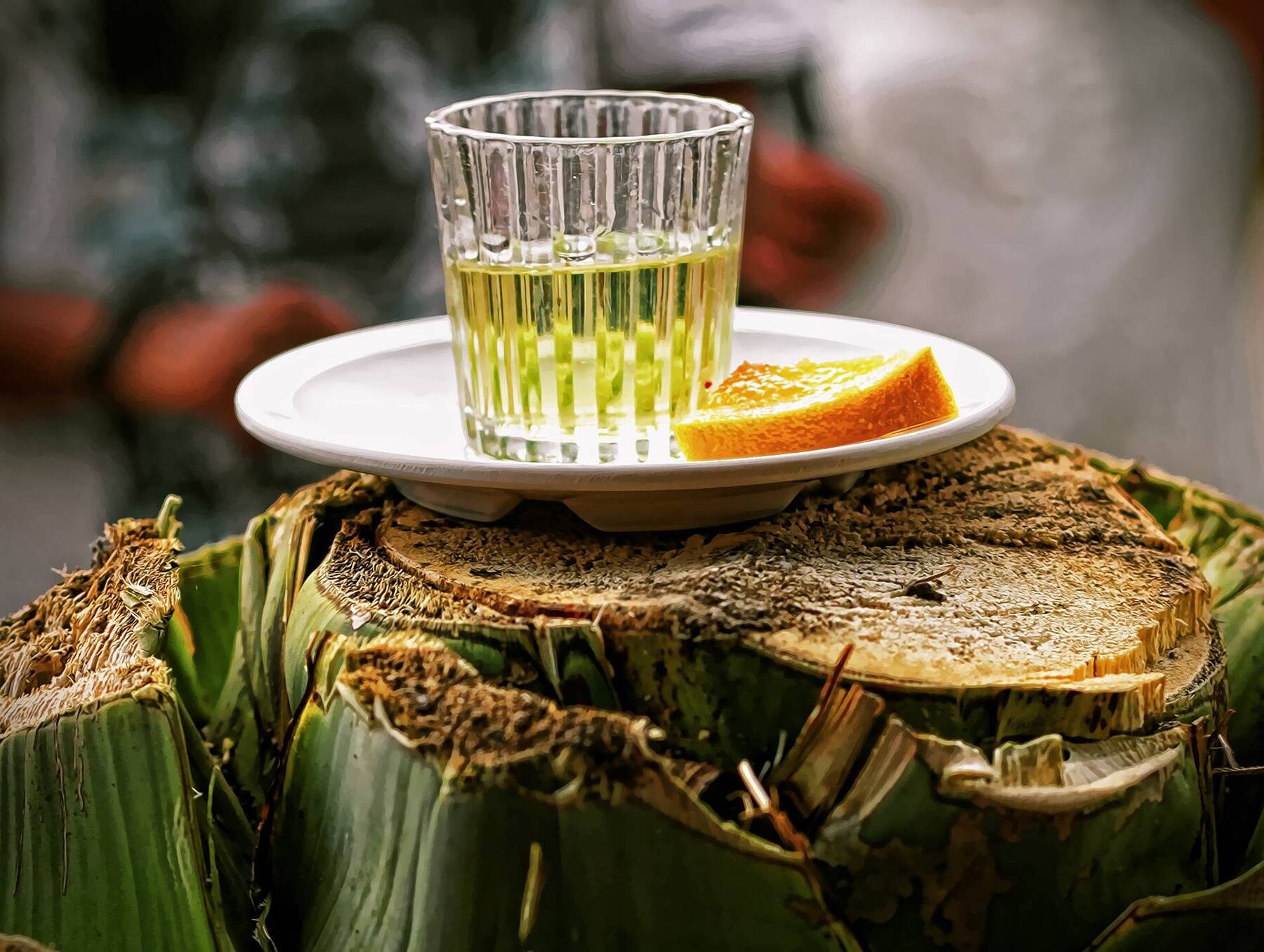
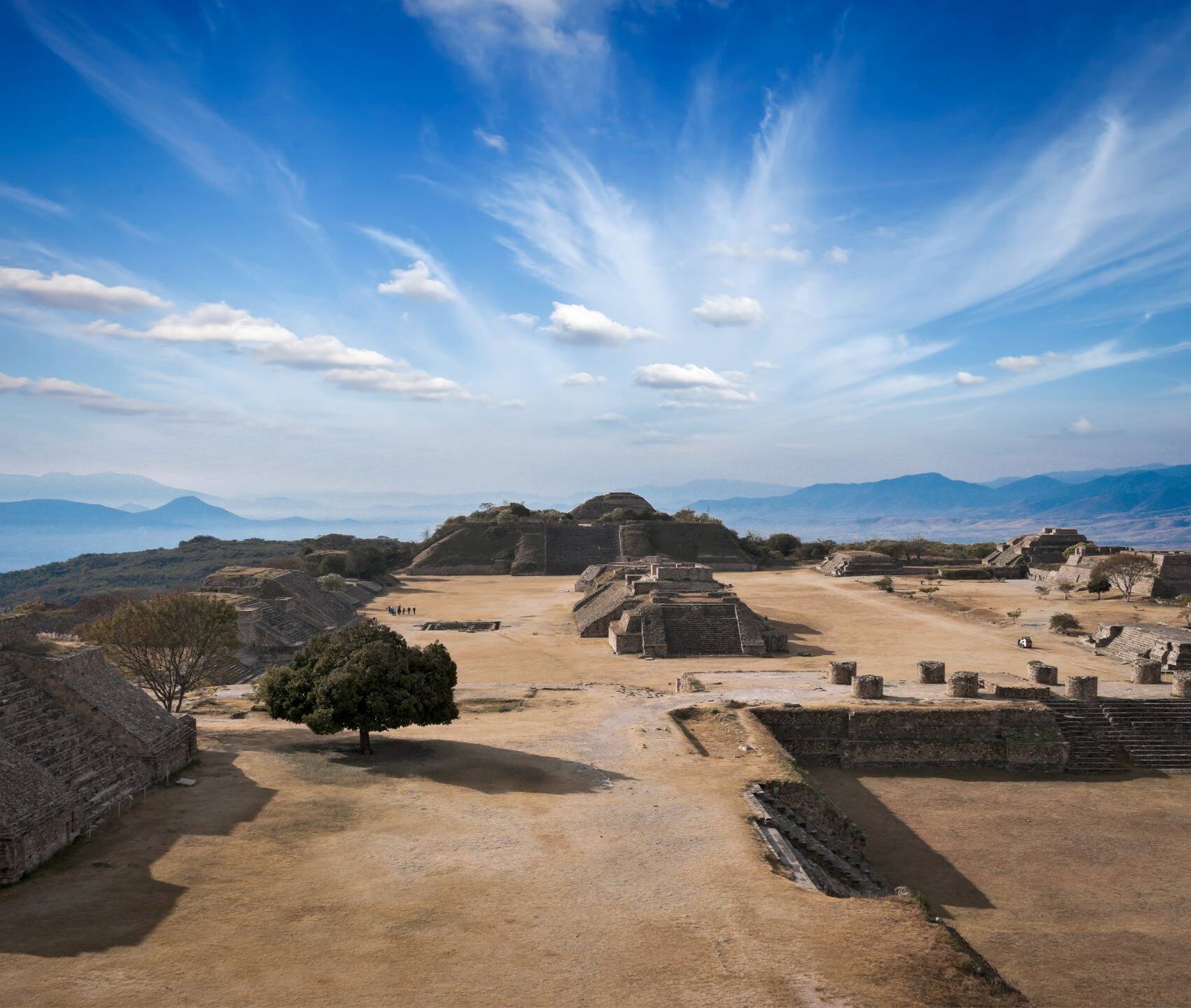

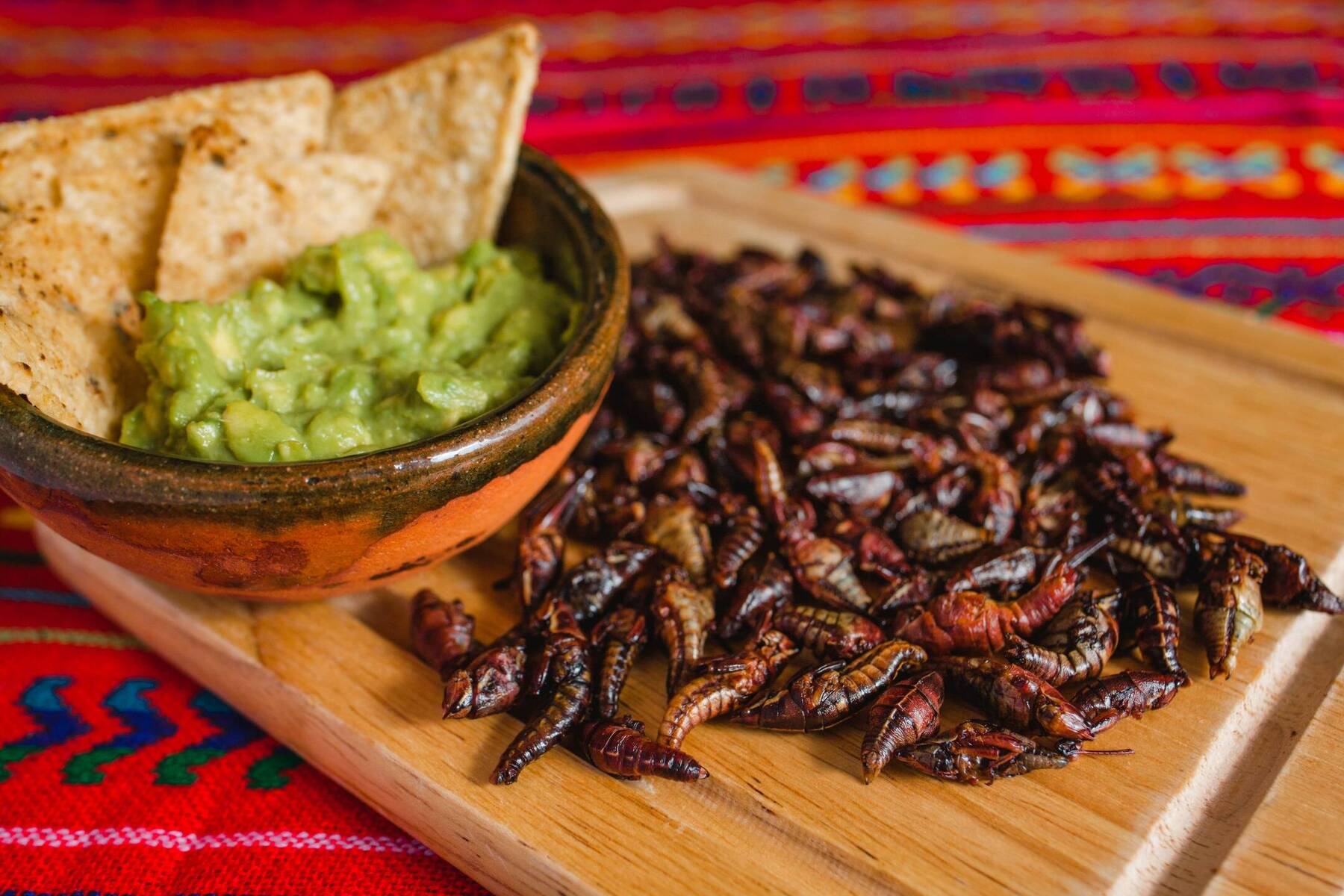
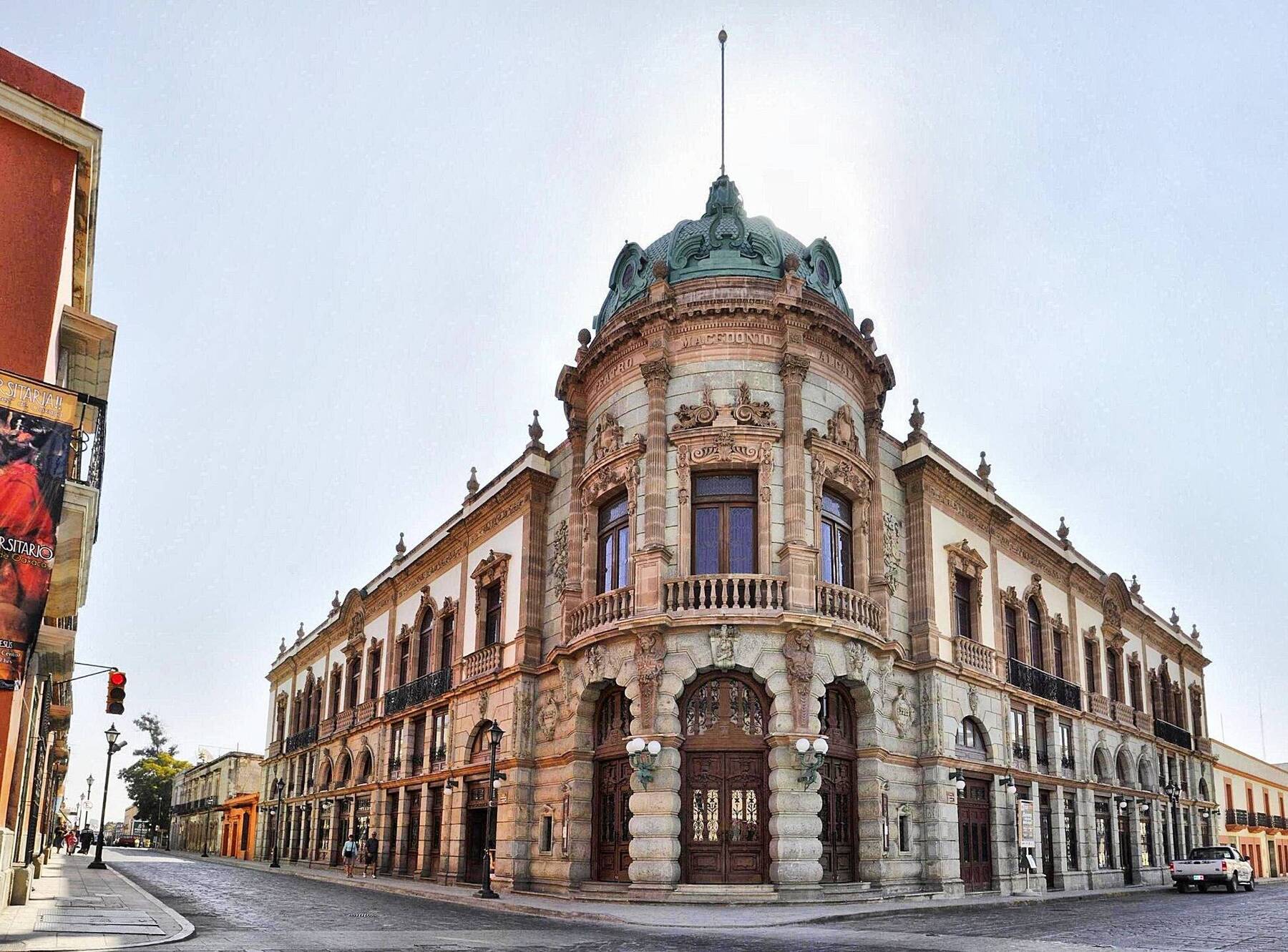
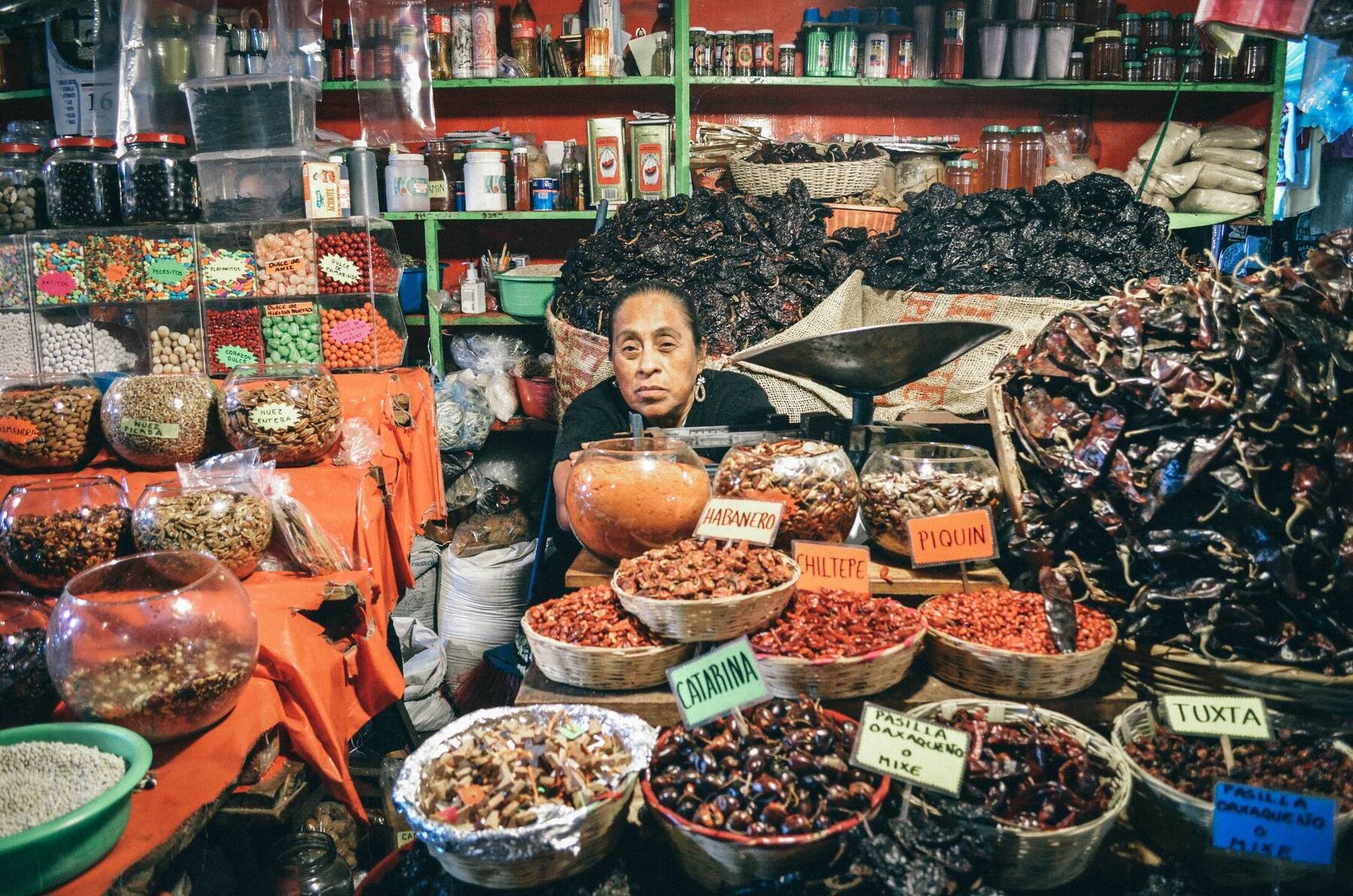
















Comments